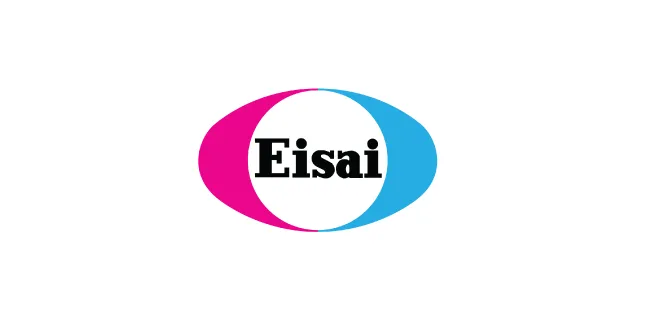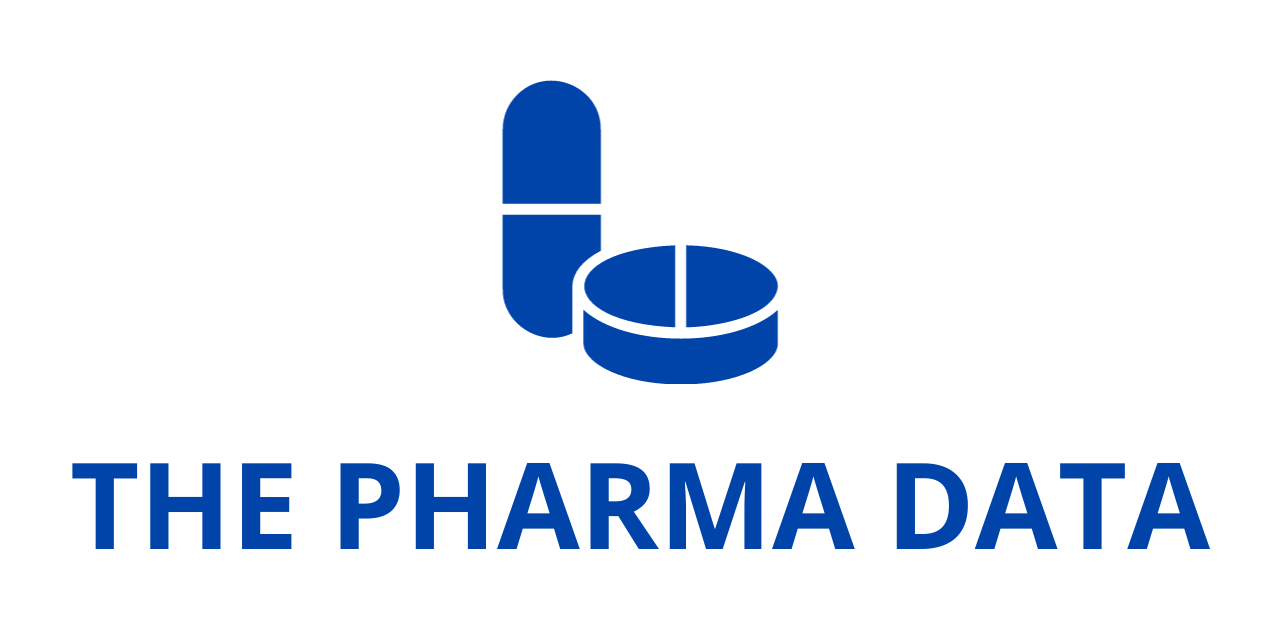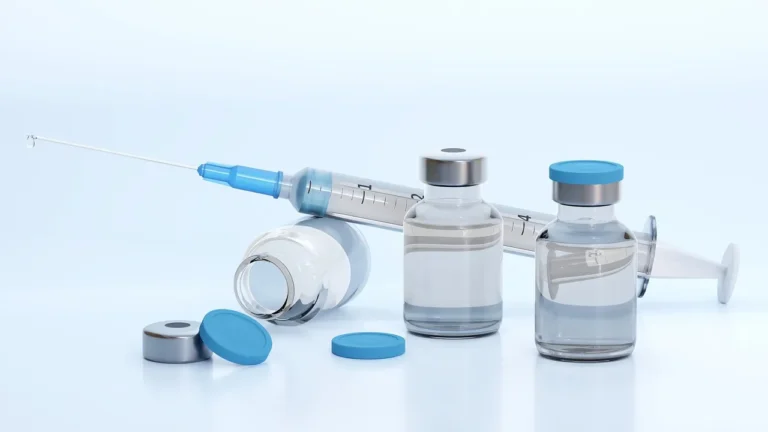
LEQEMBI® IQLIK™ Subcutaneous Autoinjector Named One of TIME’s “Best Inventions of 2025”
Eisai Co., Ltd. (Headquarters: Tokyo, CEO: Haruo Naito) and Biogen Inc. (Nasdaq: BIIB, Headquarters: Cambridge, Massachusetts, CEO: Christopher A. Viehbacher) today announced that LEQEMBI® IQLIK™, a subcutaneous autoinjector formulation of lecanemab, for the treatment of Alzheimer’s disease (AD), has been recognized by TIME as one of the “Best Inventions of 2025” in the Medical and Healthcare category.
TIME’s annual “Best Inventions” list highlights 300 innovations worldwide that demonstrate originality, efficacy, ambition, and positive impact. Nominations are sourced from TIME editors, correspondents, and an online application process, with particular attention to rapidly evolving fields such as healthcare and artificial intelligence. For more details, visit time.com/collections/best-inventions-2025.
Advancing Alzheimer’s Care at Home
LEQEMBI IQLIK is the first and only anti-amyloid therapy that enables at-home administration, offering patients and their care partners an option to continue slowing disease progression after the 18-month initial intravenous (IV) treatment period. Approved in the U.S. in August 2025 and launched on October 6, 2025, the subcutaneous autoinjector allows a rapid injection of approximately 15 seconds, reducing the need for visits to infusion centers.
This innovation is expected to optimize healthcare resource utilization, decreasing the burden associated with IV administration, such as preparation time, nurse monitoring, and chair availability. By simplifying maintenance therapy, LEQEMBI IQLIK may also increase infusion capacity for new patients starting treatment, improving access and streamlining the AD care pathway.
LEQEMBI: Pioneering Anti-Amyloid Therapy
LEQEMBI (lecanemab) was previously recognized by TIME in 2023 for its groundbreaking role in slowing cognitive and functional decline in adults with mild cognitive impairment (MCI) or mild dementia due to AD. It is the first anti-amyloid therapy approved globally to demonstrate a disease-modifying effect in early AD and has been approved in 50 countries, with regulatory review ongoing in 10 additional countries.
In September 2025, Eisai initiated a rolling Supplemental Biologics License Application (sBLA) with the U.S. FDA for LEQEMBI IQLIK as a subcutaneous starting dose for early AD treatment under Fast Track status. Eisai leads global development and regulatory submissions, with co-commercialization and co-promotion responsibilities shared with Biogen, while Eisai retains final decision-making authority.
Indication
LEQEMBI® is indicated for the treatment of Alzheimer’s disease, specifically in patients with MCI or mild dementia, the population in which clinical benefits were demonstrated.
Important Safety Information
Amyloid-Related Imaging Abnormalities (ARIA)
LEQEMBI, like other anti-amyloid monoclonal antibodies, can cause ARIA, including ARIA-E (edema) and ARIA-H (hemorrhage-related changes). ARIA generally occurs early in treatment and is often asymptomatic, though serious events, including seizures or life-threatening intracerebral hemorrhage (ICH), may occur. Apolipoprotein E ε4 (ApoE ε4) homozygotes are at higher risk for symptomatic and serious ARIA. Testing for ApoE ε4 status is recommended to guide risk assessment and clinical decisions.
Baseline MRI assessment and periodic monitoring are advised, particularly during the first 14 weeks of treatment, with dose adjustments guided by ARIA severity. Clinicians should carefully distinguish ARIA-E symptoms from ischemic stroke, especially if thrombolytic therapy is considered.
Hypersensitivity and Infusion-Related Reactions
Hypersensitivity reactions, including angioedema, bronchospasm, and anaphylaxis, have been reported. LEQEMBI infusions may cause infusion-related reactions (IRRs) such as fever, chills, malaise, nausea, vomiting, hypotension, hypertension, and oxygen desaturation. Most IRRs occur with the first infusion and are mild to moderate, typically resolving without long-term effects. Management may include infusion rate modification or prophylactic treatment with antihistamines, acetaminophen, NSAIDs, or corticosteroids.
Risk Factors and Radiographic Findings
- ApoE ε4 genotype influences ARIA risk: homozygotes have higher rates of ARIA-E and ARIA-H than heterozygotes or noncarriers.
- Cerebral amyloid angiopathy (CAA) markers, including microhemorrhages or cortical superficial siderosis on MRI, increase the risk for ICH.
- Concurrent antithrombotic or thrombolytic therapy requires careful consideration due to potential increased risk of hemorrhage.
Most ARIA events occur within the first seven doses, with radiographic resolution typically observed over 12–17 weeks. Severe radiographic ARIA-E occurred in 5% of ApoE ε4 homozygotes, while severe ARIA-H occurred in 13.5%.
Monitoring and Clinical Guidance
Enhanced clinical vigilance is recommended during early treatment, with MRI-based monitoring to guide dosing decisions. Temporary or permanent discontinuation may be considered in response to clinical symptoms or radiographic findings.





